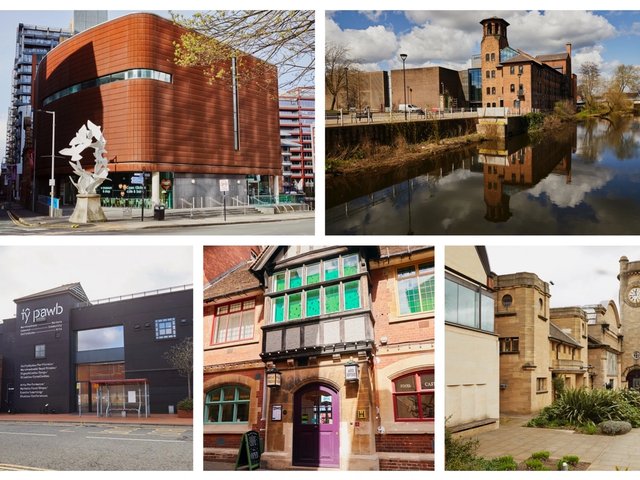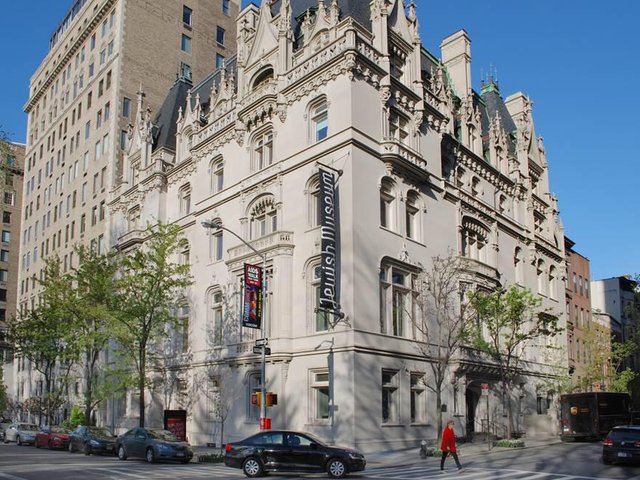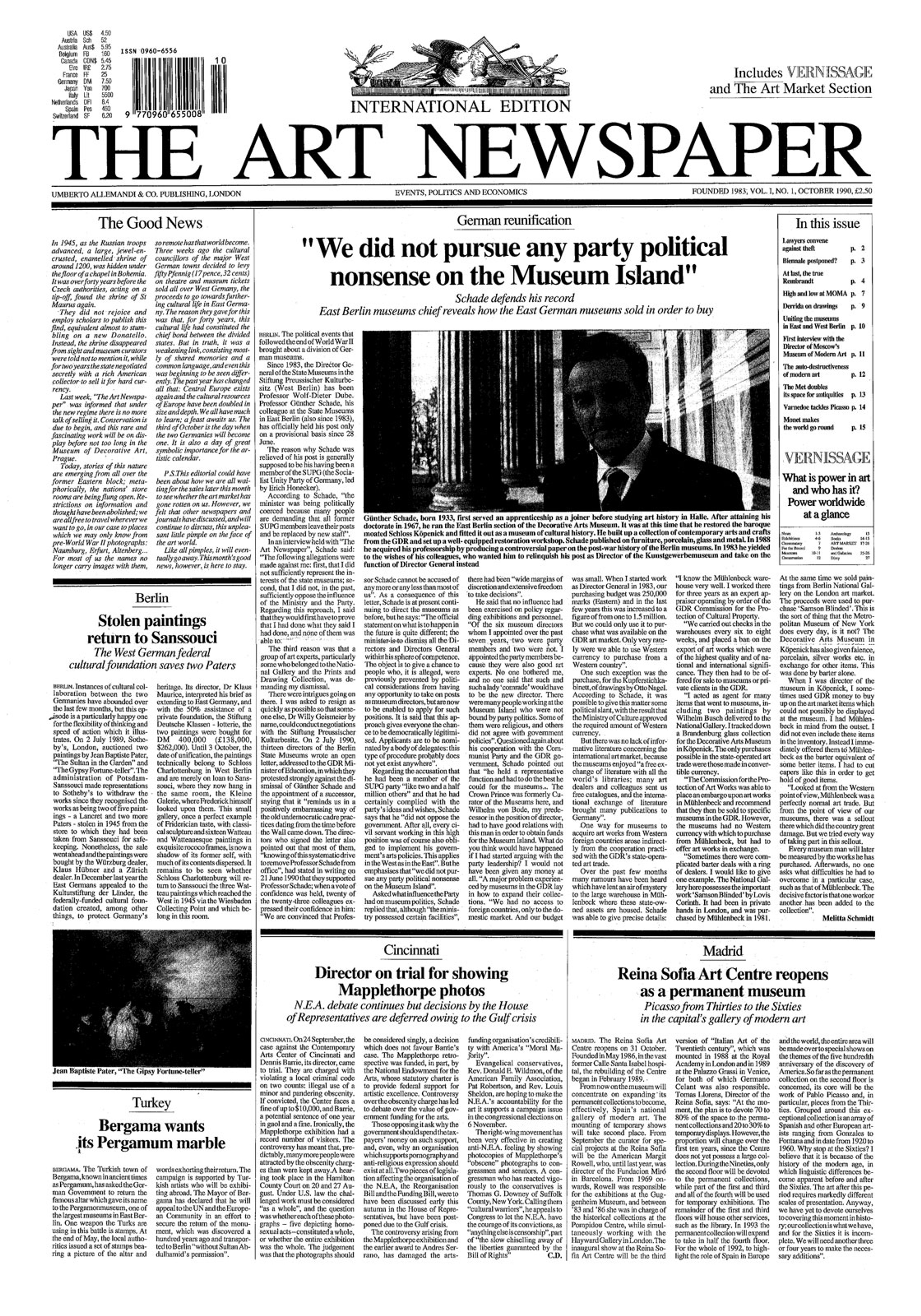
Issue no. 1, October 1990, coincides with the unification on 3 October of East and West Germany, so we lead with the reunification of the museums of East and West Berlin. The senior figures at the former are being summarily relieved of their positions by the authorities for having been members of the Socialist Unity Party, so we invite Günther Schade, the director general of museums in East Berlin, who had considerable support from West Berlin colleagues, to describe his actions under the communist regime. The Art Newspaper
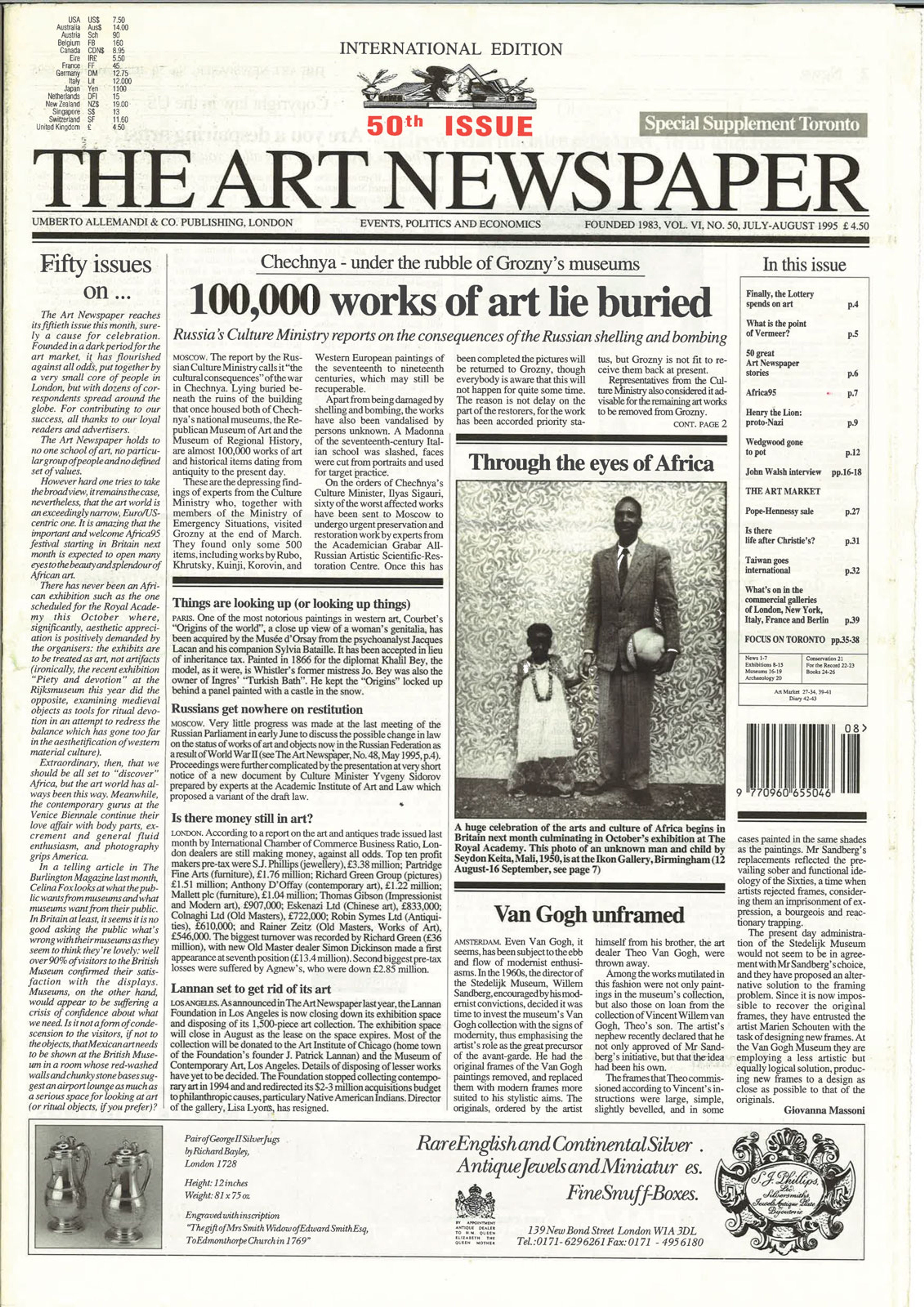
Issue no. 50, July-August 1995, carries news of the first major celebration in the UK of African arts and culture, Africa95, to culminate with a big exhibition at the Royal Academy, where the artefacts are explicitly to be considered from the aesthetic rather than ethnographic point of view. What took us so long? The Art Newspaper
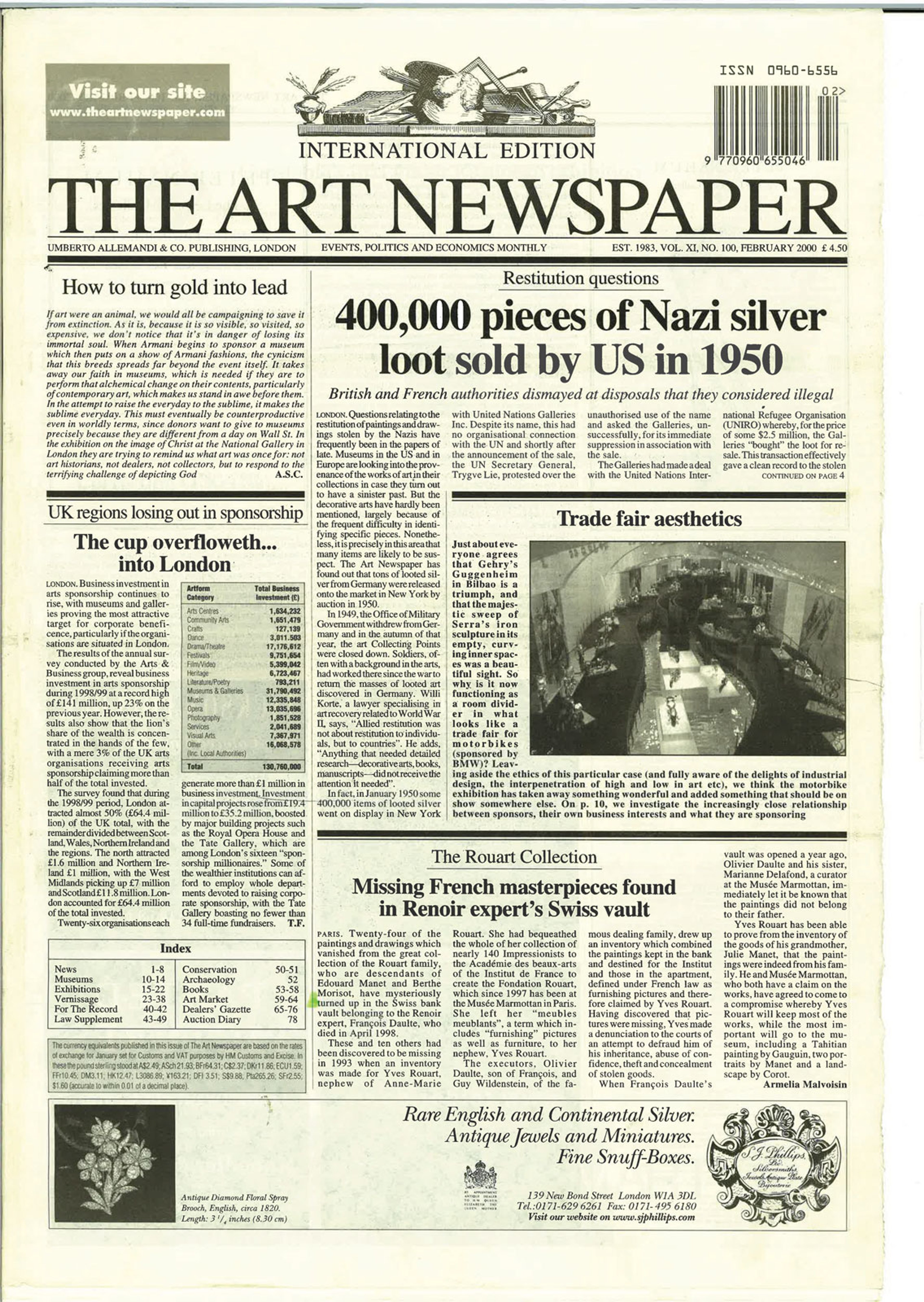
Issue no. 100, February 2000, reveals what happened to Nazi-looted silver whose owners could not be tracked down after the Second World War. In January 1950 some 400,000 pieces were auctioned in New York, with $2.5m going to the United Nations International Refugee Organisation. The French and British authorities were unhappy with this unilateral decision by the US. We offer a detailed account by Hubertus Czernin, an Austrian journalist, of the Austrian government’s attempts to avoid restituting Nazi loot. The Art Newspaper
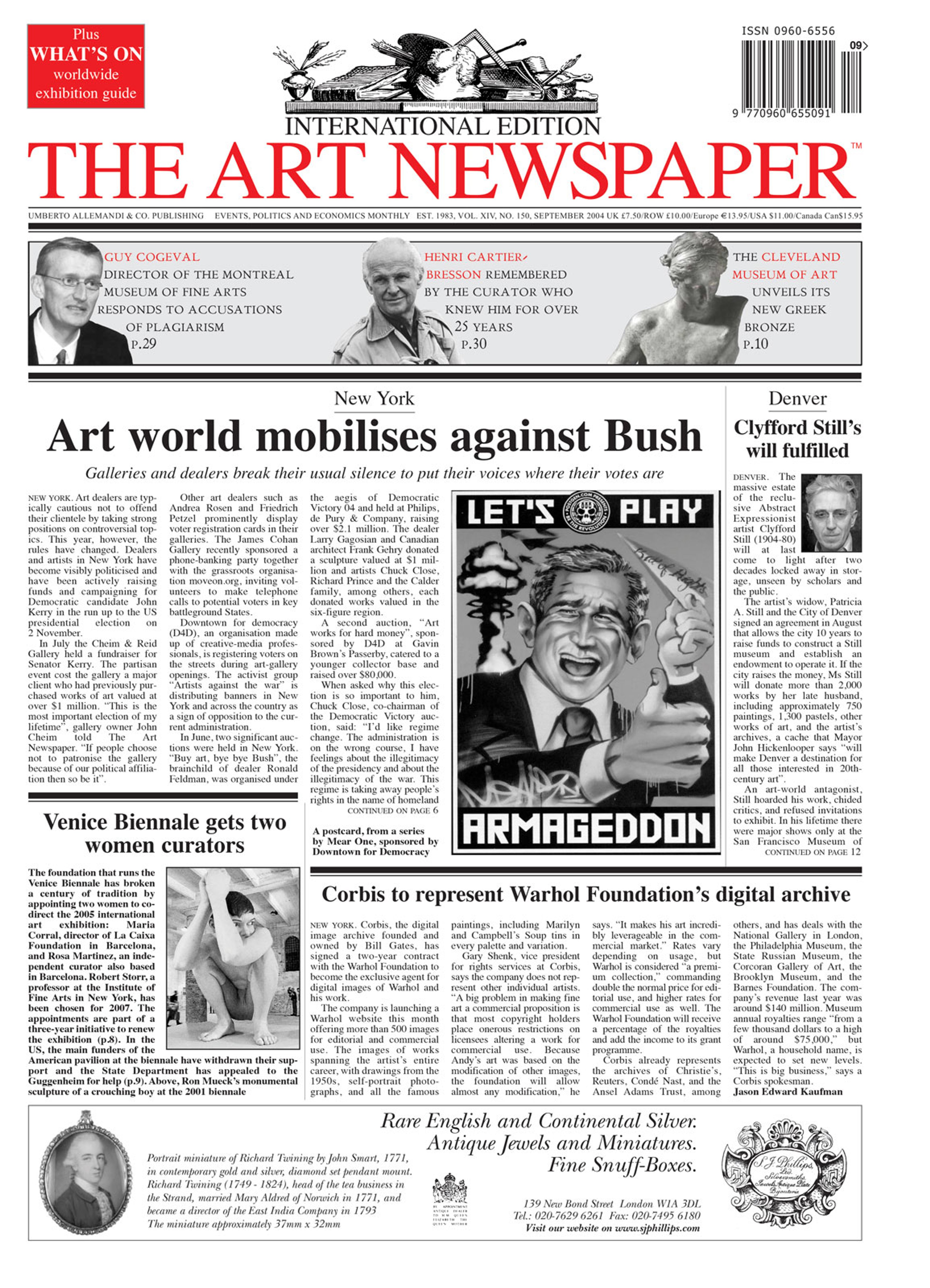
Issue no. 150, September 2004, from the bottom of page 7: Nikolai Girenko, a curator at St Petersburg’s ethnographic museum has been shot dead in his home. He was a specialist in Swahili culture and Russia’s neo-Nazis, and had often testified in court in trials of hate crimes. At the time of his death he had been working on a case against the Russian neo-Nazi party. His museum had recently opened an exhibition on Jewish culture and had announced plans to open a museum of Jewish culture. The Art Newspaper
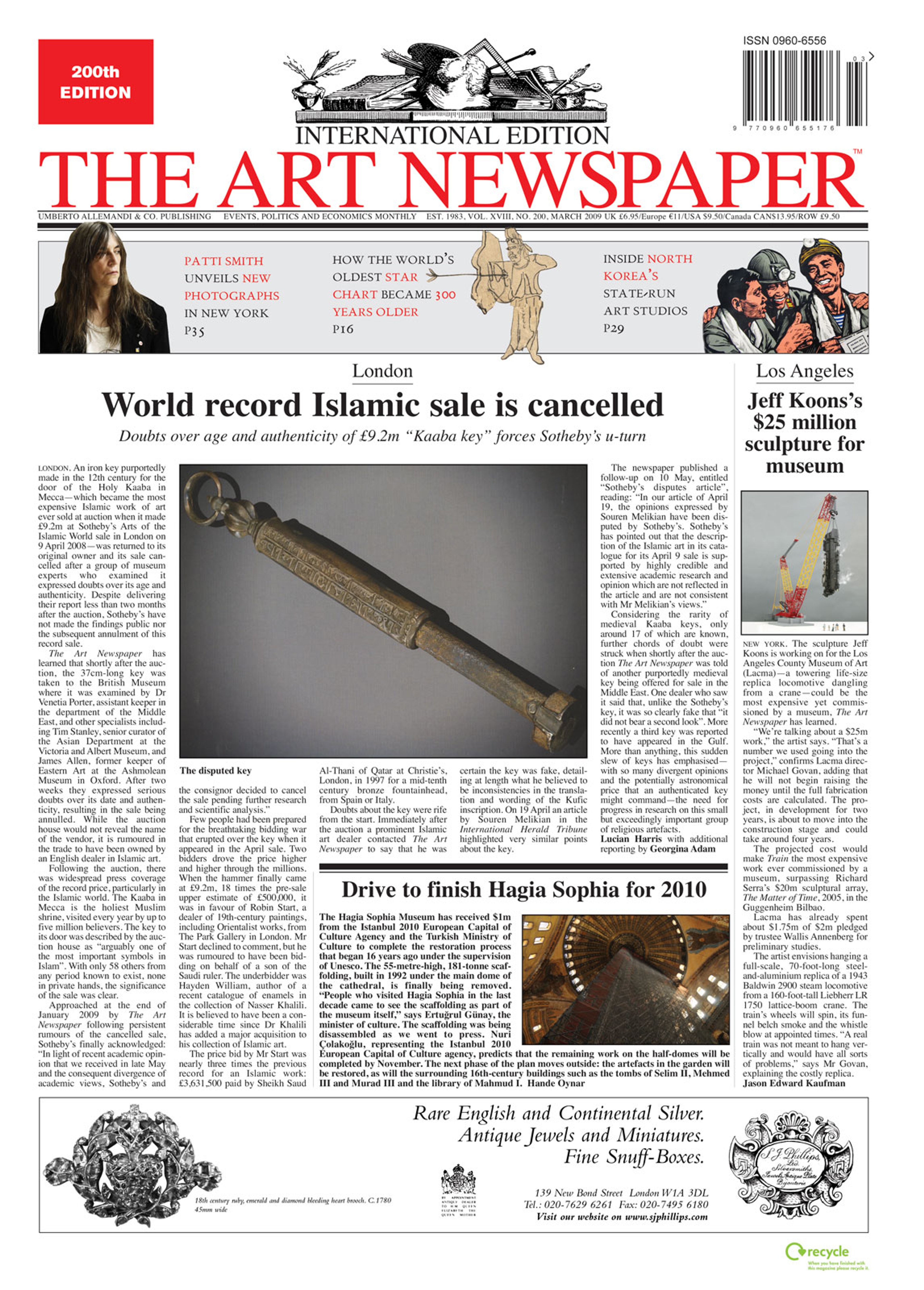
Issue no. 200, March 2009, and the economic crisis is biting. Adrian Ellis, a British expert in museum management, suggests how museums can ride the storm and improve in the process. “Museums of art have tended to rely more heavily on spectacle than programme to attract visitors—loud headlines rather than a fine print of involvement in the community,” he says, and advises a halt to “dramatic and competitive” museum expansion, and more focus on the civic role, close collaboration with other museums, and greater “aesthetic and intellectual” endeavour. The Art Newspaper
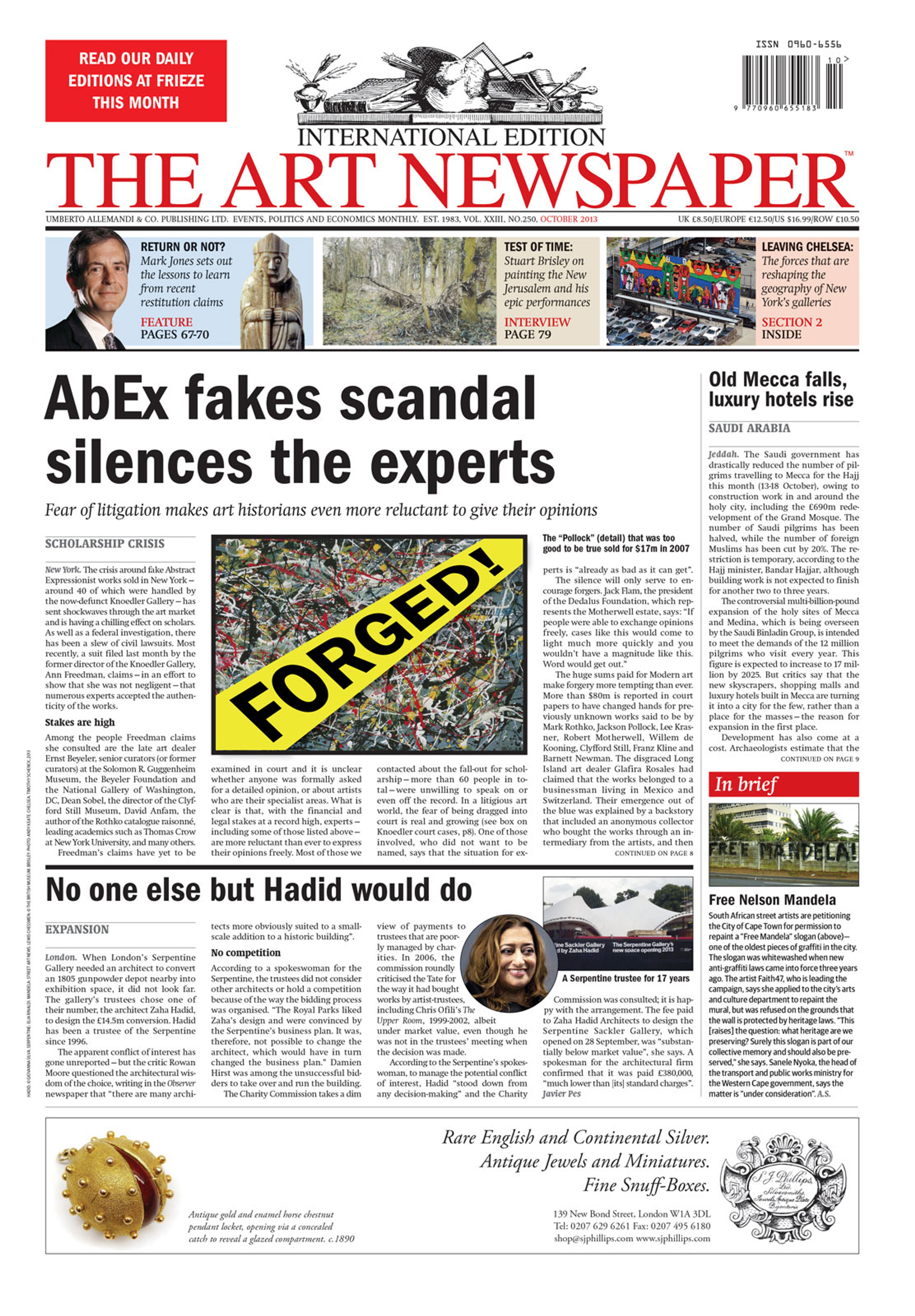
Issue no. 250, October 2013, we report on the greatest risk so far to academic freedom, honest connoisseurship and the art trade itself. The crisis around fake Abstract Expressionist works sold by the now defunct Knoedler Gallery in New York reveals that art experts have become unwilling to pronounce on works for fear of being sued in an increasingly litigious environment where financial interests are dominant. Sam Sachs, the president of the Lee-Krasner Foundation, says that a change in the legal system is needed to protect the expert opinions of art historians. The Art Newspaper
Issue no. 1, October 1990, coincides with the unification on 3 October of East and West Germany, so we lead with the reunification of the museums of East and West Berlin. The senior figures at the former are being summarily relieved of their positions by the authorities for having been members of the Socialist Unity Party, so we invite Günther Schade, the director general of museums in East Berlin, who had considerable support from West Berlin colleagues, to describe his actions under the communist regime. The Art Newspaper


